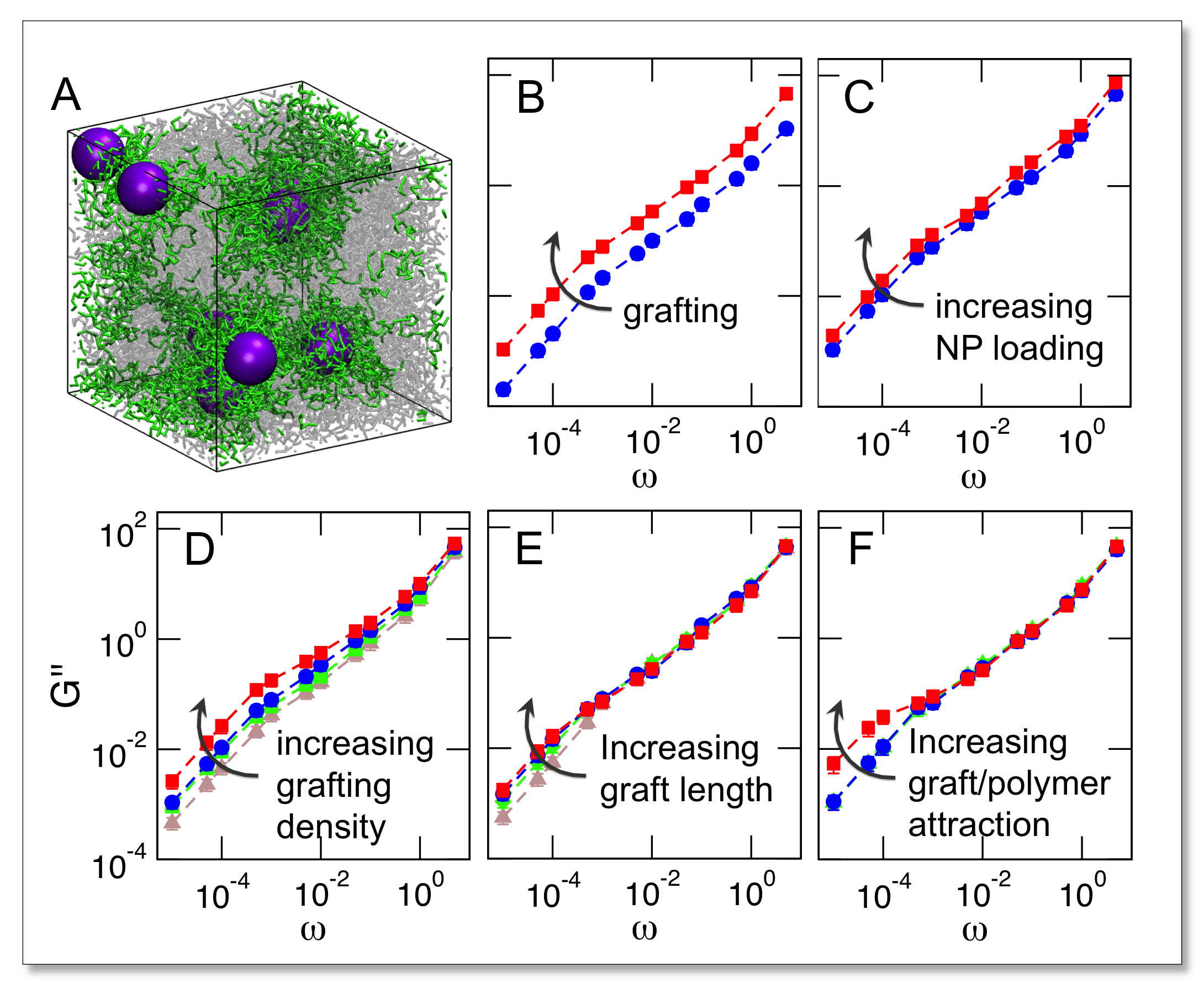Reports: ND752515-ND7: Interactions, Phase Behavior, and Clustering Dynamics of Polymer-Grafted, Shaped Nanoparticles
Gaurav Arya, PhD, BS, University of California (San Diego)



Gaurav Arya, PhD, BS, University of California (San Diego)



Copyright © American Chemical Society